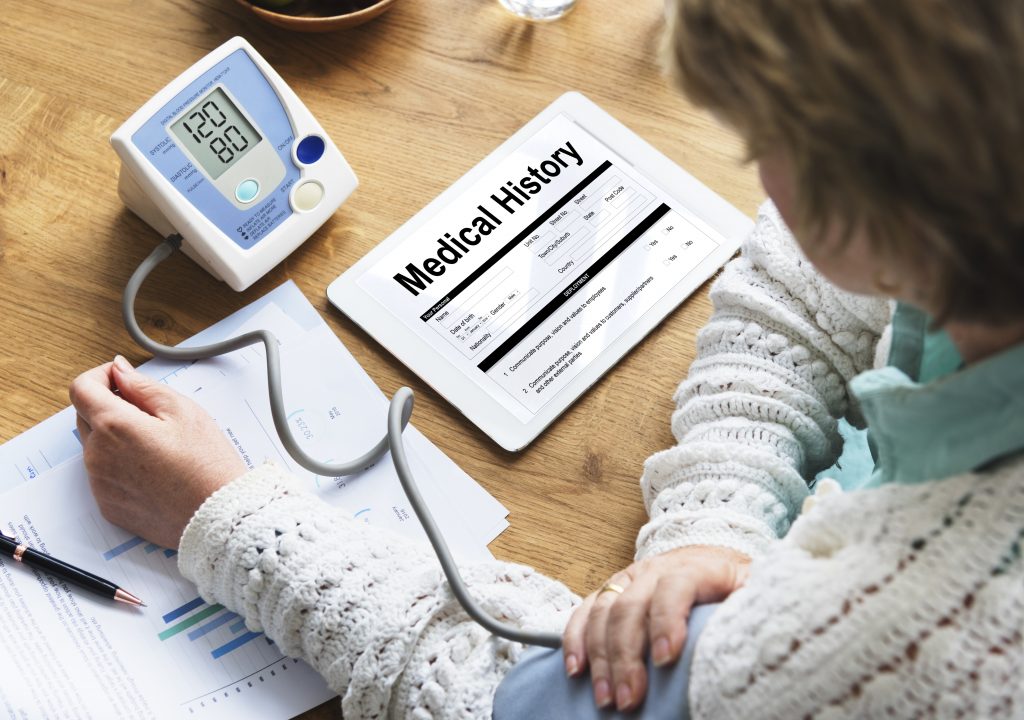Two essential elements in healthcare management stand out: medical coding and billing. Despite their frequent overlap, they are related to distinct processes vital to medical offices’ efficient running and sound financial management.
Understanding the differences between medical billing and medical coding is essential for medical service providers like HurricaneMD in the US to maximize revenue cycles and guarantee regulatory compliance.
Comprehending the subtle differences between these two procedures is critical for medical service providers like HurricaneMD in the United States. In an increasingly complicated healthcare environment, efficient coordination between knowledgeable medical billers and coders is crucial for optimizing income, lowering compliance risks, and guaranteeing the financial stability of medical practices.
Medical Billing
Medical billing is the organized procedure of submitting claims to insurance firms for reimbursement and monitoring them to ensure payment for treatments rendered by medical providers. It comprises translating medical procedures into globally recognized codes, often using the Current Procedural Terminology and Worldwide Classification of Diseases code collections. The billing process includes creating claims, confirming insurance coverage, and handling appeals and denials.
Critical Functions of Medical Billing:
Submission of Claims:
Medical billers gather precise billing data and submit claims to insurance providers electronically or on paper.
Revenue Cycle Management:
They monitor claims from submission to reimbursement to minimize revenue leakage and guarantee prompt payment.
Policy Checking:
Confirm the patient’s insurance policy and eligibility before providing services to prevent claim denials due to coverage issues.
Denial Management:
Investigating and appealing refused claims to maximize compensation and correct inconsistencies is known as “denial management.”
Patient Billing:
Patient billing includes creating bills for treatments that patients’ insurance does not cover, helping to collect payments, and keeping track of patient accounts receivable.
Medical Coding
Medical assessment, therapy, and services rendered during patient visits are given unique alphanumeric numbers according to medical coding. These codes provide a common language for correspondence between administration, coverage, and medical groups. Accurate coding is essential for describing medical services in a standardized format, facilitating claims processing, and ensuring compliance with regulatory requirements.
Critical Functions of Medical Coding:
Code Assignment:
Codes for procedures (CPT/HCPCS) and diagnoses (ICD) are assigned based on medical records supplied by healthcare providers.
Documentation Review:
Examining medical records to extract pertinent data and apply precise codes appropriately representing services rendered.
Compliance Assurance:
Compliance assurance ensures that coding procedures follow legal requirements, such as those outlined by the Centers for Medicare & Medicaid Services (CMS) and the Health Insurance Portability and Accountability Act (HIPAA).
Data Analysis:
Data analysis examines coded data to find trends, patterns, and chances to maximize income and enhance quality.
Education and Training:
Healthcare professionals and personnel should receive continual education and training on coding rules and revisions to encourage correct recording and coding procedures.
Classification of Codes
Medical coding is mainly done using the International Classification of Diseases (ICD), which the World Health Organization regulates. However, each nation modifies the ICD to fit its own needs. Six official code sets required by HIPAA in the United States have different functions.
ICD-10-CM :
The International Classification of Diseases, Tenth Edition, Clinically Modified, includes numbers for various illnesses, ailments, traumas, toxins, tumours, and trauma-related behaviours. Sixteen thousand alphanumeric characters make up this code set, providing detailed descriptions of patient concerns. They serve as the cornerstone of the MS-DRG system and are essential in determining medical necessity.
Current Procedural Terminology, or CPT®:
CPT® is a database of over 8,000 alphanumeric codes describing medical professionals’ services. Its primary purpose is to report on outpatient treatments and procedures carried out by doctors in hospital settings.
ICD-10-PCS (International Classification of Diseases, 10th Edition, Procedural Coding System):
Hospitals use this system, which consists of 130,000 alphanumeric codes, to record surgical operations in various contexts, such as emergency rooms and operating rooms.
Healthcare Common Procedural Coding System, Level II, or HCPCS Level II:
HCPCS Level II, first created for Medicare, Medicaid, and other providers, has over 7,000 alphanumeric codes. These codes are used for academic research, quality measure tracking, and billing for outpatient surgery, among other uses.
CDT:
Dental and oral procedures are invoiced using CDT® (Code on Dental Procedures and Nomenclature) codes, which the American Dental Association manages. These codes, which begin with the letter D and last five characters, were once a component of HCPCS Level II.
NDC (National Drug Codes):
NDCs, or National Medicine Codes, monitor and report medicine packaging. The FDA oversees them. NDCs, consisting of 10–13 alphanumeric characters, allow government agencies, suppliers, and providers to identify prescribed, supplied and utilized medications.
Distinguishing Medical Billing from Medical Coding:
Medical billing and coding have different purposes throughout the revenue cycle, although being linked processes:
Nature of Work:
Medical coding is converting medical paperwork into standardized codes, whereas medical billing is filing and administering claims for payment.
Skills:
Medical coders need to know anatomy, physiology, medical terminology, and coding requirements; medical billers need to be proficient in insurance billing, payment policies, and accounts receivable administration.
Timing:
Since correct coding is required to produce claims, medical coding usually happens before medical billing. Nonetheless, these processes are entwined in many hospital settings simultaneously.
Result:
While medical coding affects data accuracy, compliance, and reimbursement rates, medical billing directly affects revenue production and cash flow.
The Importance of Integration:
Despite being separate fields, medical billing and coding work best when they complement one another to maximize revenue cycles and guarantee compliance. Seamless connectivity between billing and coding systems benefits operations by streamlining operations, reducing mistakes, and expediting reimbursement. Competent medical billers and coders must work together to find revenue possibilities, resolve coding-related rejections, and maintain regulatory compliance.
FAQs
What qualifications are necessary for those working in medical billing and coding?
Medical coders need to be knowledgeable in anatomy, physiology, medical terminology, and coding requirements; medical billers need to be proficient in insurance billing, payment policies, and accounts receivable management.
What advantages might precise medical billing and coding procedures offer?
Precise medical billing and coding procedures guarantee prompt payment, limit lost income, lower the risk of noncompliance, and improve healthcare providers’ overall financial performance.
What does medical billing and coding mean to medical providers like HurricaneMD?
Medical billing and coding are crucial for maximizing revenue cycles, guaranteeing compliance, and preserving financial stability in the healthcare sector.
Conclusion
Medical coding and billing are separate but connected fields vital to the healthcare sector. Medical billers’ and coders’ distinct duties and needs emphasize the significance of accuracy, competencies, and character attributes particular to each position. Billing and coding differ regarding patient interaction, specialized options, educational requirements, certifications, and employment prospects.
Nonetheless, those who put in the necessary effort, training, and experience may succeed in both positions. As technology and healthcare procedures develop, medical billing and coding will remain crucial parts of the healthcare revenue cycle. It will guarantee correct documentation, effective billing, and the best possible patient treatment.


